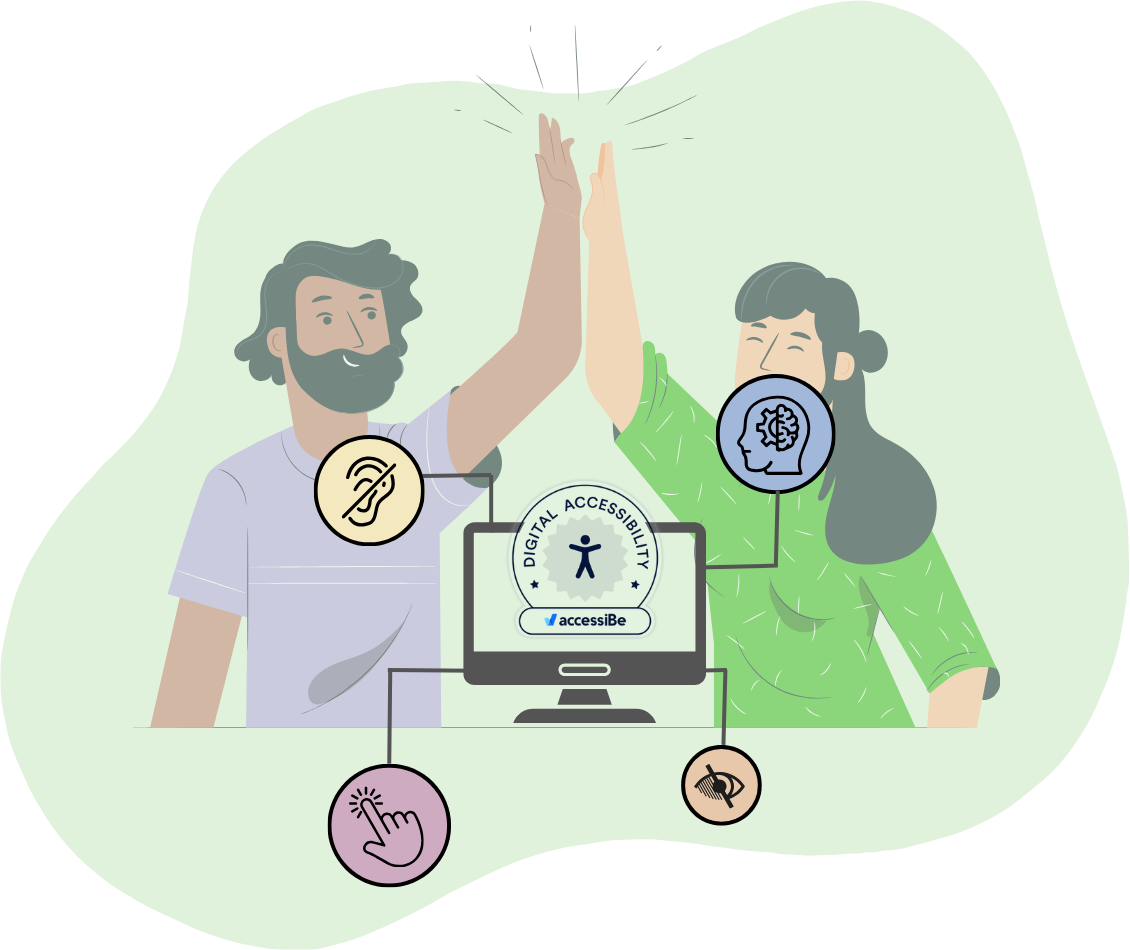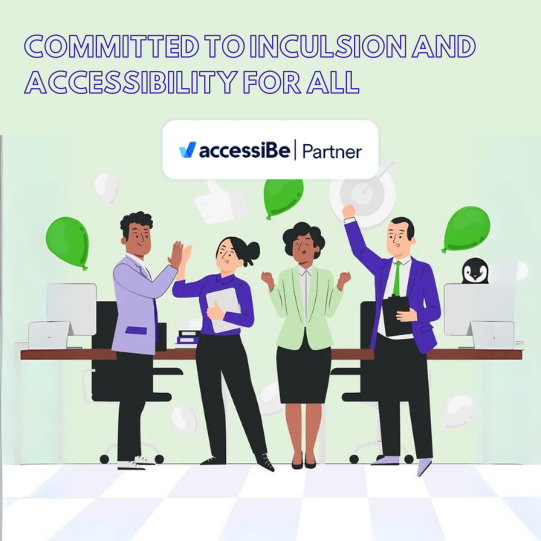When it comes to the specifics of organizing a mega menu, every business and industry is totally different. While some service offerings for consumer service brands might be very basic, a B2B brand with complex services offerings or retail brands with lots of different categories might need to go about how they organize a mega menu totally differently. The competition and market share in the IT Managed Services space has grown exponentially in the wake of the Covid-19 pandemic. According to Yahoo, The industry is estimated to reach nearly $245 billion by the end of 2022. From remote employment to cloud hosting, data access, and managing security breaches, the role of the IT Managed Services Company is more important than ever in the world of business. But how can you create a mega menu that encompasses the breadth of the services, industries, and resources that you offer without inundating your prospects?

Planning and organization are everything here.
Here are a few things you need to know when it comes to learning how to organize a mega menu in the IT Managed Services industry:
Buyer Personas & Industries
IT Managed Services Companies usually have a few different buyer personas, depending on the types of businesses they serve. They might be talking to an IT Director or CTO, an Operations Manager or a business owner. The daily focuses and concerns for each of these roles are all totally different.
While a high level Chief Technology Officer or Chief Information Office may be focused on evolving technology or business continuity, an Operations Manager or COO might be focused on employee efficiency or customer service. All of these personas will be a bit bottom-line driven, but none more than the CEO or CFO inside an organization. The executive and management levels at these companies may work in any different industry and have varied responsibilities based on their unique role in the organizations. These are important CTAs to consider, in addition to any industry verticals that you may want to address whose focuses might be even more specific.
If you have specific industries you specialize in like Construction, Nonprofit or Real Estate, you’ll want to break these down in your mega menu. While most IT professionals and Managed Services companies understand that a blanket proactive approach to IT can be applied across industries, it does make professionals feel good when they know that a vendor has experience in their particular industry.
Content Categories, Symptoms or Benefits
You’ll want to make sure that you categorize your content with symptoms and benefits, for your top-funnel prospects that are not as well versed in your service offerings. Ask yourself: What are the categories of content that you’re writing about for your audience? These might correlate with your services, which you’ll list separately, but might more directly speak to the issues or symptoms that your prospects or buyer personas are suffering from. Categorizing your content by the types of problems that your prospects are trying to solve is a great way to guide them down further into their buyer journey by speaking to their problems directly.
For a Managed Services Company mega menu, you might want to include items like, “Employee Efficiency, Disaster Recovery Planning and Malware & Virus Protection,” rather than industry specific services like, “Business Continuity” or “Technology Planning” or “Security Services” - speaking to symptoms or benefits helps avoid jargon and keeps the benefit or chief concern front and center - which is usually the best option for prospects that still find themselves early in the decision making process.
Services
Listing your services by the names they’re recognized for in your industry is still important for prospects at the bottom of the funnel or referral resources that need a quick understanding of what you do. If you don’t have enough space in your navigation to address both, symptoms and services you can use some real estate in your mega menu for a short description sentence that outlines the benefits or symptoms associated with your service lines to combine the last point with this one.
For the IT industry specifically, services terms like Business Continuity and Cloud Services may resonate with well-qualified prospects like an IT Director, CTO or CIO while the more general symptom-specific categories listed above might appeal more to an Operations Executive, CEO or Management Level prospect or buyer that is less familiar with the offerings associated with the Managed Services industry. Your mega menu has the ability to address both with either separate categories or additional areas for descriptions.
Icons
If you don’t have much real estate to offer descriptions or just want to add a little extra flair to your mega menu, Icons are a great way to help a prospect further understand information in the services section. It can also help provide a graphical representation for top-funnel prospects if they’re unfamiliar with industry jargon.
For Managed Services companies, a shield to indicate security protection, a cloud for cloud hosting, a phone icon for VOIP services — there are a number of icons to help further explain your services without using too much additional real estate on lengthy descriptions. Icons can say a lot, keep things clear and concise and direct your buyers easily.
Tools or Resources
This is usually the most complicated aspect of the mega menu planning process, since the arsenal of content for organizations with a digital strategy is usually quite large. An IT company might have a disaster recovery checklist, an IT security eBook, a guide for choosing the best VOIP system, a webinar breaking down the latest security threat or phishing attempt, or pillar pages that really help a prospect dig into to the different aspects of business continuity, employee efficiency and how it all impacts the bottom line, bringing those resources all together.
Multiple content types, topics and mediums of delivery make that pretty complicated to break down on a mega menu alone. We highly recommend resource center filters and in some cases multiple filters to help your website prospects better sift through that content. You can break your mega menu categories down by content type, add that content by industry or as it relates to the symptoms your fix and and services you provide.
If you have pillar pages to organize your content, they might have previously been hidden deep within a resource center or only found through a CTA or organic search. A mega menu can change that, placing your highest converting content at the top of the page in your mega menu using a featured content area, image, CTA or link.
Get creative with how you layout your resources and tools within the different categories provided and feel free to experiment with different formats over a certain time period to test what seems to work the best.
Smart Content
Smart content is being used more and more in e-mails, on website landing pages and inside services pages, but what about navigation? If you’re a HubSpot customer, HubSpot doesn’t include smart content in navigation out of the box, but we are huge supporters of taking technology to the next level and we’ve been experimenting with smart content in mega menu formats.
If a user has filled out a form, your development team can create a sophisticated mega menu based on forms that the prospect has filled out previously or content viewed on the website. If your prospect has downloaded and consumed multiple resources regarding Business Continuity services, for example, your mega menu can be configured to display content that aids them in their buyer journey by placing business continuity, disaster planning, cloud hosting and backup solutions front and center in their mega menu display.
Content mapping to the buyer journey is much more powerful when you enable smart content. HubSpot users can even combine smart content with lead scores and custom buyer journey mapping properties in HubSpot. An experienced HubSpot developer can really supercharge what HubSpot provides out of the box.
Mega menus are seriously unutilized and as a technology company, IT Managed Services providers really need to explore how a robust mega menu can really help their users access all the valuable content they publish. Organize that content by industry, service, symptom and benefit and place the most important CTAs inside your mega menu using icons, links, graphics and buttons to take your mega menu to the next level.
Ready to implement a mega menu for your IT Managed Services company website, but not sure where to start? Schedule a meeting and let’s break it down together.





